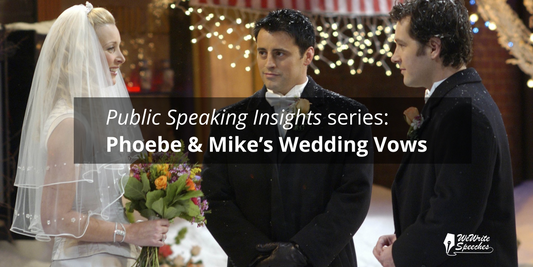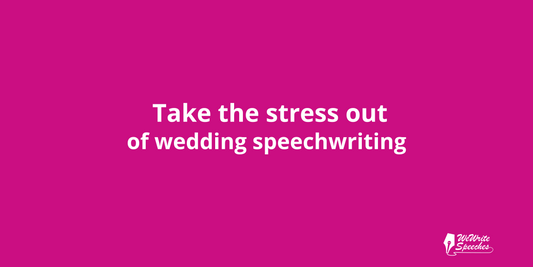Ever noticed how a conductor’s gestures guide an orchestra, shaping the music without uttering a word? Our body language and gestures, similarly, can become a powerful overlooked ‘conductor’ for our speeches, helping us navigate through our content and deepen our memory of it. In this blog, we will consider how remembering your gestures can help you remember your speech.
The strategic use of gestures can significantly enhance your ability to remember your speech. Gestures act as visual markers, anchoring specific points in your memory. Moreover, they engage your motor skills, which, when combined with cognitive processing, can deepen your capacity to remember.
Research in cognitive psychology supports the idea that pairing actions with information creates a richer memory trace in our brains. This concept is known as embodied cognition, which suggests that our comprehension and memory of information are strongly linked to our physical experiences.
To better understand the impact of gestures on memorization, let's consider some categories of gestures that can be incorporated into a speech:
While incorporating gestures into your speech is essential, it is equally important to ensure that they feel natural and align with your content. Artificial or forced gestures can come across as inauthentic and distract from your message. Therefore, it is crucial to practice using gestures until they feel comfortable and complement your verbal message.
So, how would you use gestures to help you remember a speech? I would suggest the following steps:
- First prepare your speech in whatever way you feel most comfortable (whether writing it out long-hand or preparing a mind map, etc.)
- Practice it a few times, with an eye to where you can incorporate gestures.
- Next, decide where in the speech you want to use gestures.
- Practice the speech a few more times, incorporating the gestures.
- Next, mime the speech, delivering only the gestures without speaking. It might feel silly at first, and anyone who walks in on you might assume you are doing some new form of Tai Chi. But do it.
- Finally, reincorporate your gestures back into the speech and practice, practice, practice.
Later, when you deliver your speech for real, the gestures will serve as an additional way to remember what content comes next.
Think of yourself as a music conductor using a baton to lead an orchestra through a piece of music. Good use of gestures not only makes your speech better but can guide your speech, helping you remember what to say next. The result is a speech that you will deliver well, that you feel good about giving, and that people will remember. The important thing is to practice until your words and physical movements work well together.
This blog is part of a series on speech memorization techniques. To see the other blogs in the series (and a lot of cute foxes) click here.




